Unmatched volumes of data inform Microsoft security solutions. Check out this infographic to see how Microsoft helps prevent security risks and protect corporate data regardless of volume.
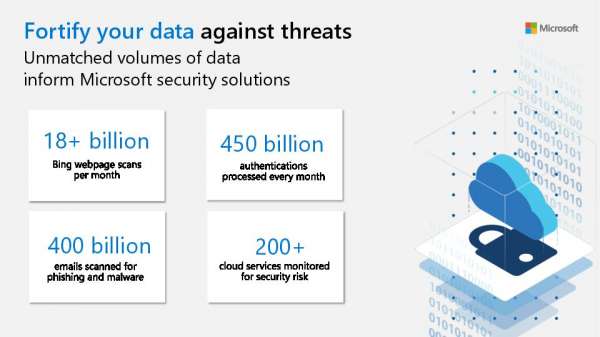

Unmatched volumes of data inform Microsoft security solutions. Check out this infographic to see how Microsoft helps prevent security risks and protect corporate data regardless of volume.
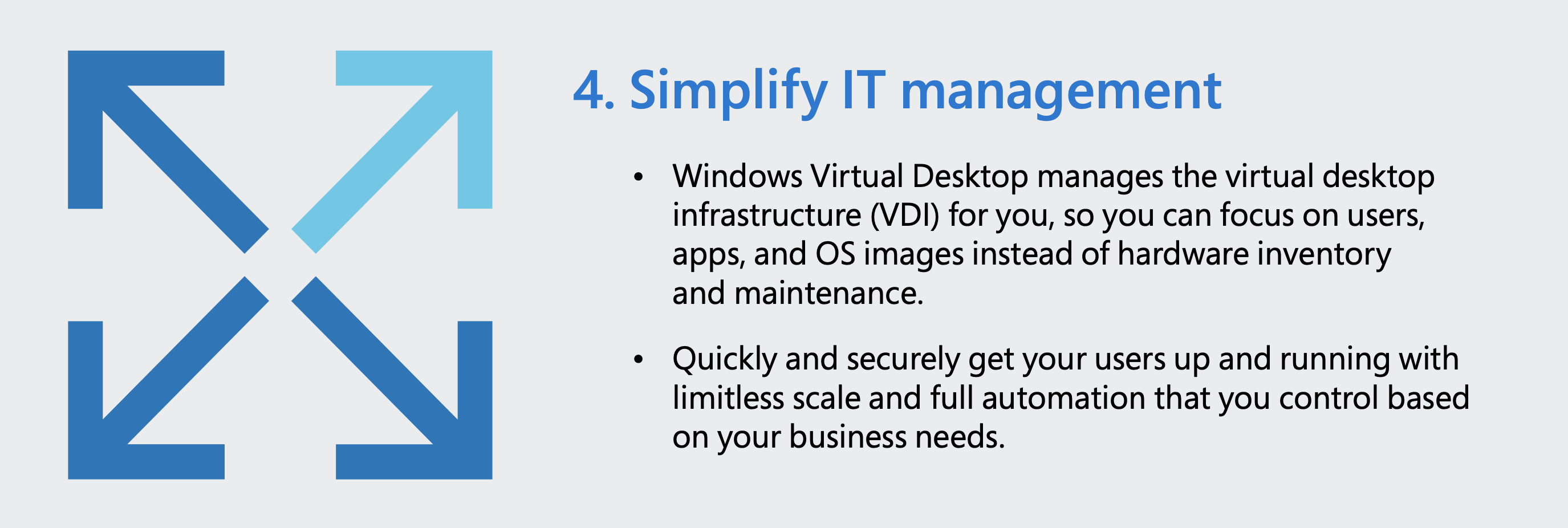
This infographic illustrates how with Azure Virtual Desktop, IT teams can focus more on users, apps and OS images instead of hardware inventory and maintenance.

Give us a few minutes and we will review your current security posture and future needs.
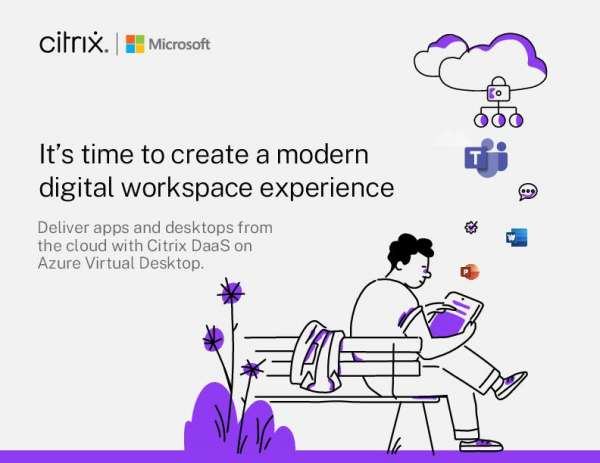
Is your organization’s IT approach to desktop and app management ready for digital transformation? Download this Microsoft eBook to learn how to strike the perfect balance between user experience, security and IT overhead.
View: It’s Time to Create a Modern Digital Workspace Experience
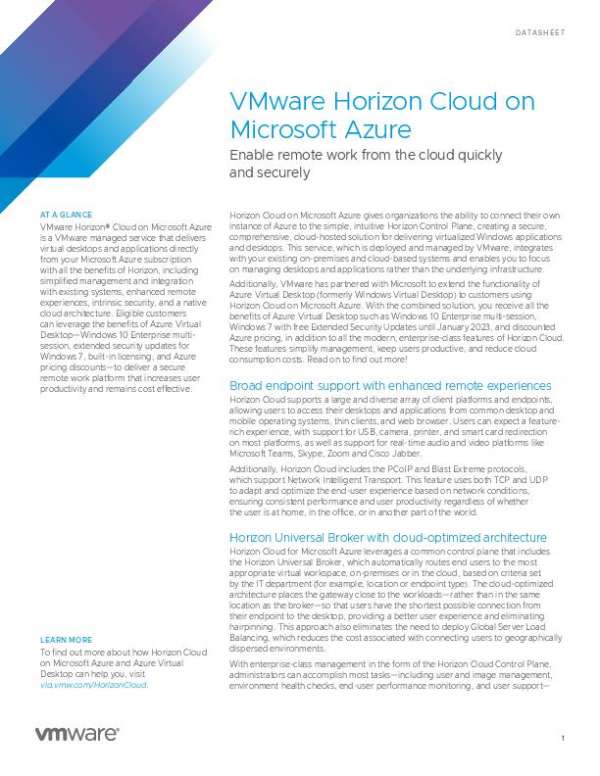
Delivering a secure remote work platform that increases user productivity and remains cost effective isn’t an easy task. Read the datasheet to learn how VMware Horizon Cloud on Microsoft Azure is enabling remote work from the cloud quickly and securely.

Microsoft Azure automatically uncovers attack vectors that can lead to broader exploits, offering full protection from any attack on your system. Watch this video showing how Microsoft Azure can detect and stop attacks on your IT infrastructure on demand.
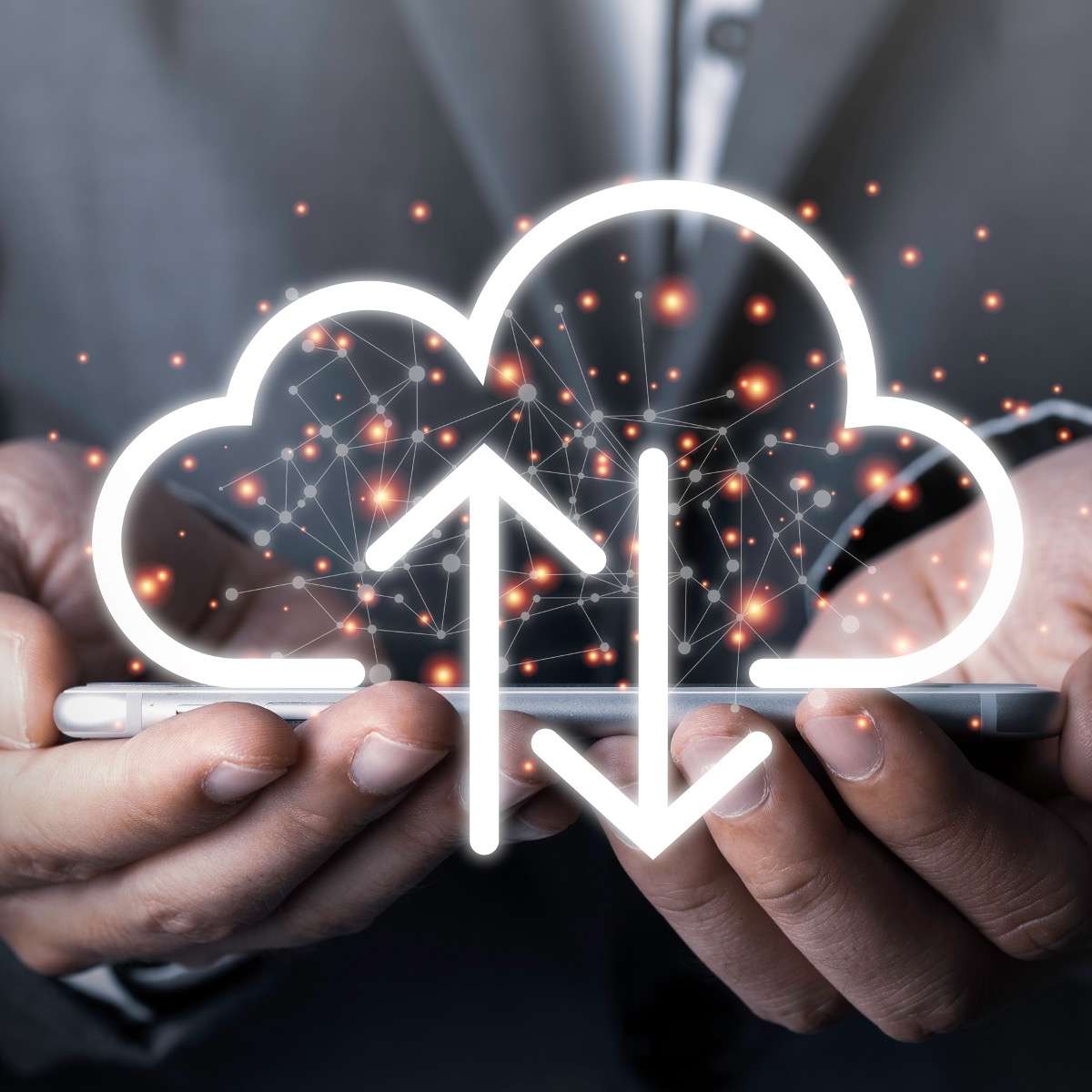
What are your digital workspace options? Meet with a Microsoft Azure expert to discuss.
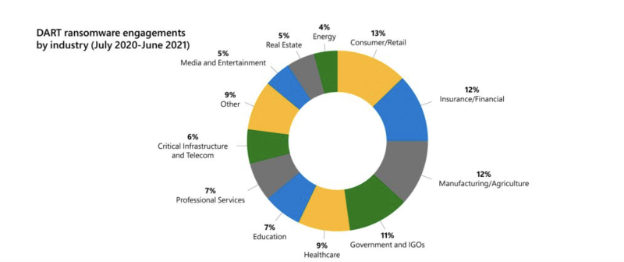

The business landscape will likely hold more changes and challenges in 2023. Read this for a look forward.